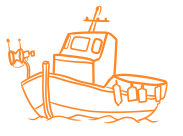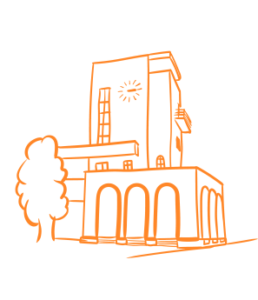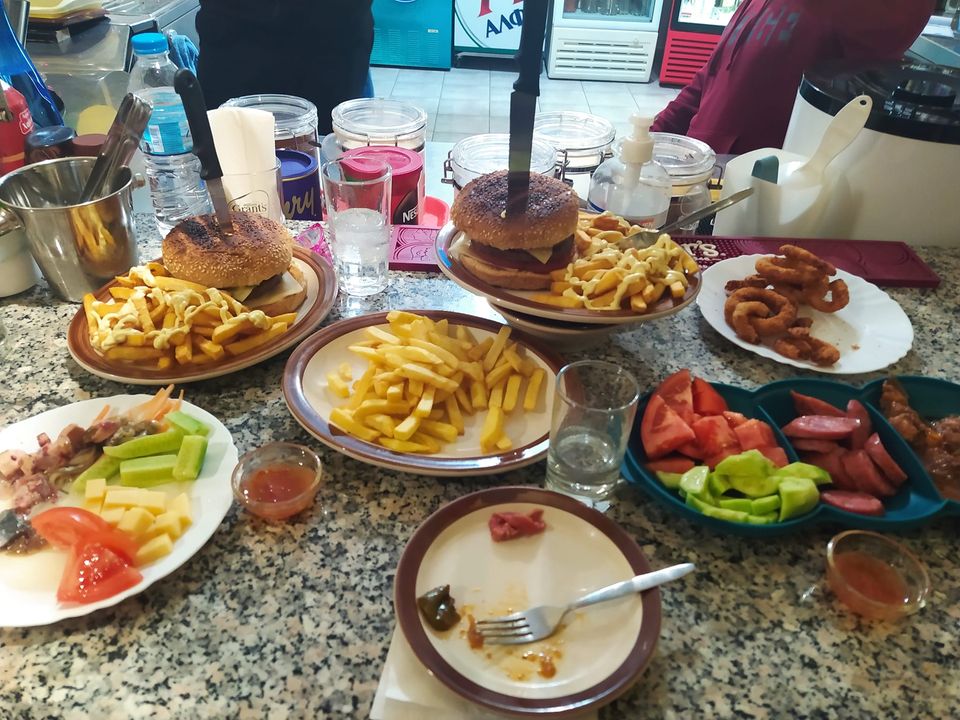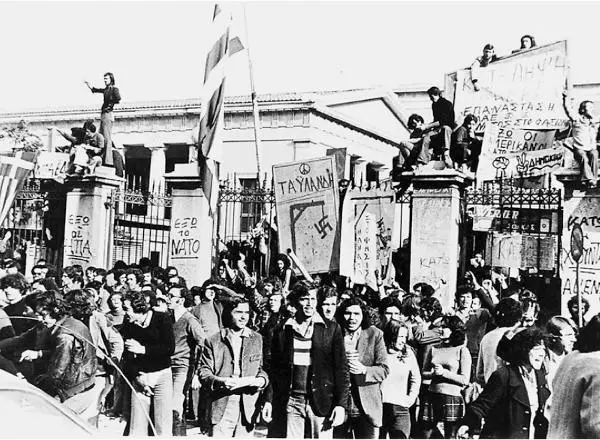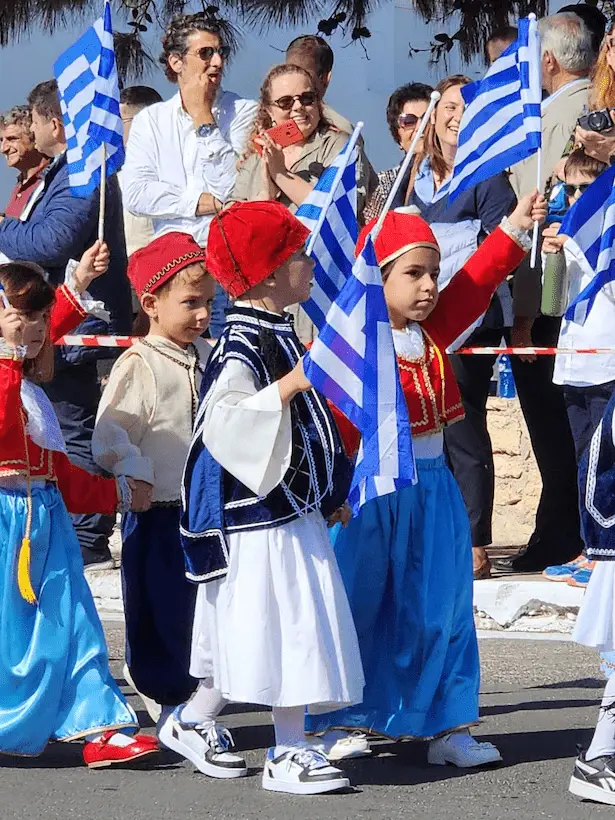Agia Kiura – A small church in Leros painted by political exiles. Discover the unique history and artwork of Agia Kiura, a church in Leros where the models were prisoners, gendarmes, and locals, and Christ was the youngest exile.
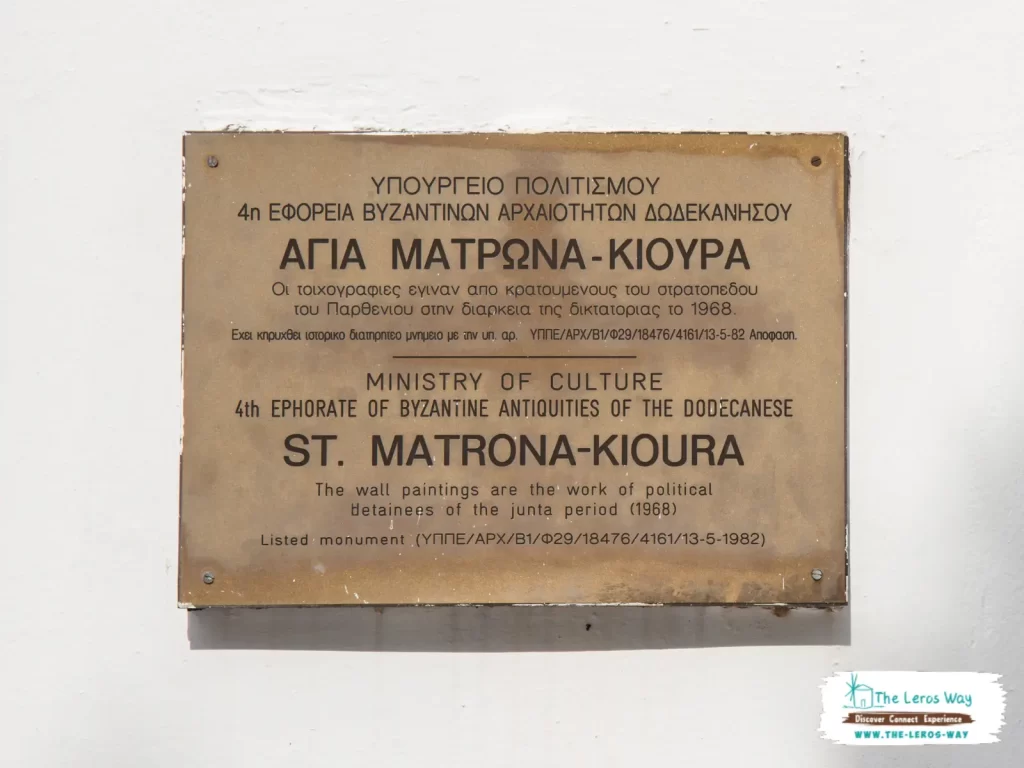
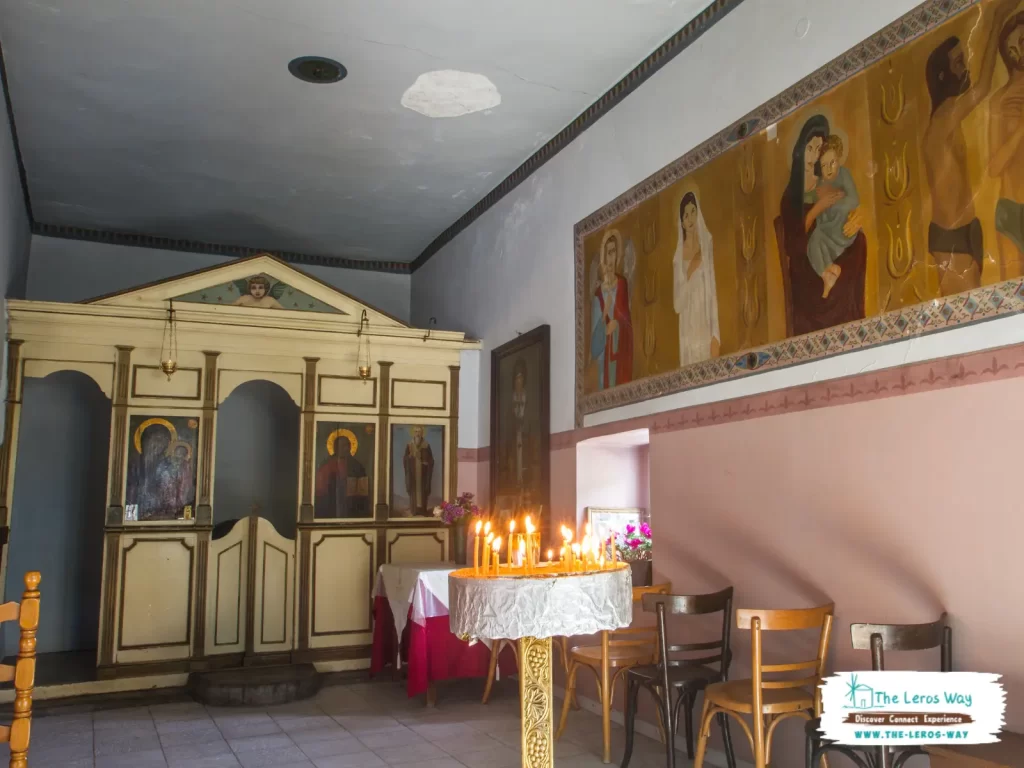
During the years 1968 to 1971, a small church in Leros, Greece, known as Agia Kiura or Matrona, became an unconventional canvas for political exiles held in Partheni. The church, a one-room arched building from the 18th century, was painted by imprisoned artists Antonis Karagiannis, Takis Tzanetea, and Kyriakos Tsakiris. They chose to depict their fellow prisoners, local women, and even gendarmes as models, creating unique and striking hagiographies that deviated from traditional religious artwork.
The small island of Leros played a significant role in Greece’s political history, hosting nearly 4,000 exiles during the seven-year dictatorship. Among these prisoners were prominent Greek figures such as Yiannis Ritsos and Manolis Glezos, as well as MPs, left-wing politicians, scientists, intellectuals, and artists.
Agia Kiura’s paintings
The paintings in Agia Kiura were a creative outlet for the prisoners, allowing them to express their emotions and experiences. One of the most striking hagiographies features Christ as the youngest exile, Sotiris Skylakos, looking up towards the sky, possibly symbolizing the longing for freedom and divine intervention. The Last Supper was portrayed as the exiles’ dining room, further emphasizing the connection between the prisoners and religious figures.
After the fall of the dictatorship, various groups attempted to erase the memory of the exiles by destroying the hagiographies. Fortunately, the Swiss Archaeological School discovered the damage and, with the help of the Ministry of Culture, managed to restore the artworks.
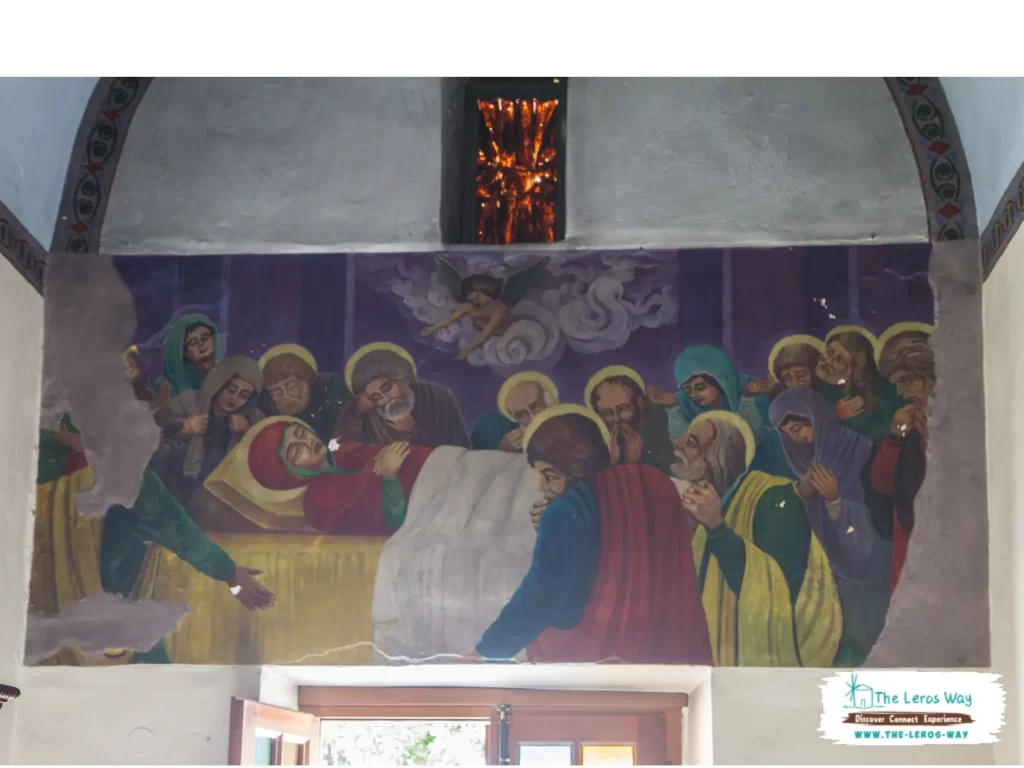
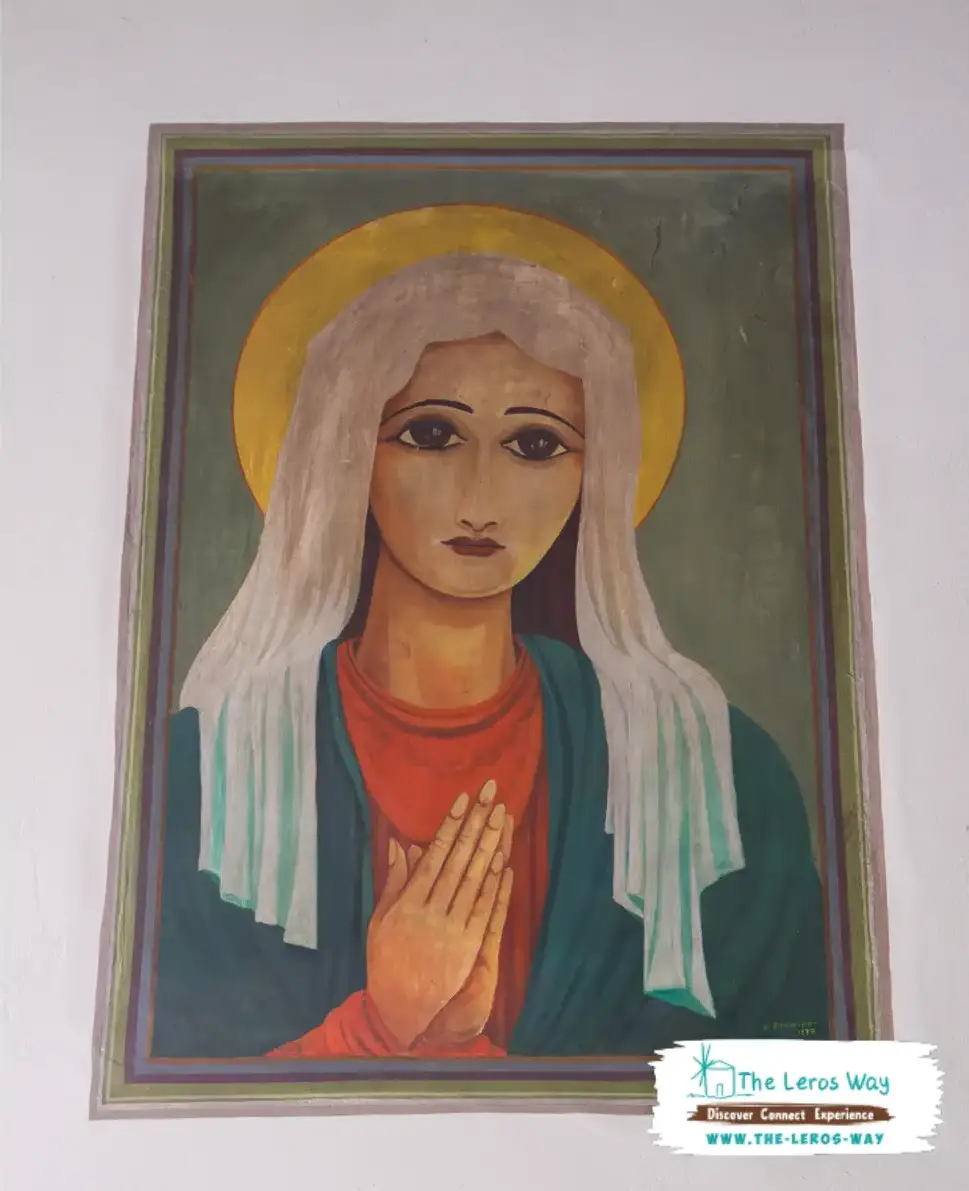
Agia Kiura nowadays
Today, the church of Agia Kiura is considered a preserved monument and work of art by the Ministry of Culture. It stands as a testament to the struggle against the dictatorship and the resilience of the political prisoners who sought to express their anguish and hope through art.
Located behind the gulf of Partheni, Agia Kiura remains a symbol of the modern history of Greece and the deprivation of freedom experienced by its people during the dictatorship. The unique frescoes and the deeply human stories behind them make Agia Kiura a must-visit destination for anyone seeking to understand Greece’s tumultuous past and the power of art as a form of resistance.

